The 1964–65 World’s Fair: A Great Big Beautiful Tomorrow
1964–65 World’s Fair: The Greatest Show on Earth
In the fall of 1963, my parents had planned to take me to see It’s a Mad, Mad, Mad, Mad World for my birthday. It had just opened at the Warner Cinerama Theatre in Times Square — a comedy spectacular shown on a giant curved screen with stars in every frame. But the day before my birthday, President Kennedy was assassinated. Theaters went dark. Everything stopped.
I eventually got to see the movie, and later How the West Was Won — both in Cinerama — and both bursting with the kind of optimism and scale that would soon define the 1964–65 World’s Fair.
The Journey to Tomorrow — Rough Roads and High Expectations
By summer 1964, I was ready to experience the Fair. But getting there was another story. The Long Island Expressway, part of our regular route to Ace Brass and the official path to the Fair, was in terrible shape — full of cracked pavement, construction delays, and summer heat buckling the concrete. It felt like riding a stagecoach across the Old West.
Unisphere
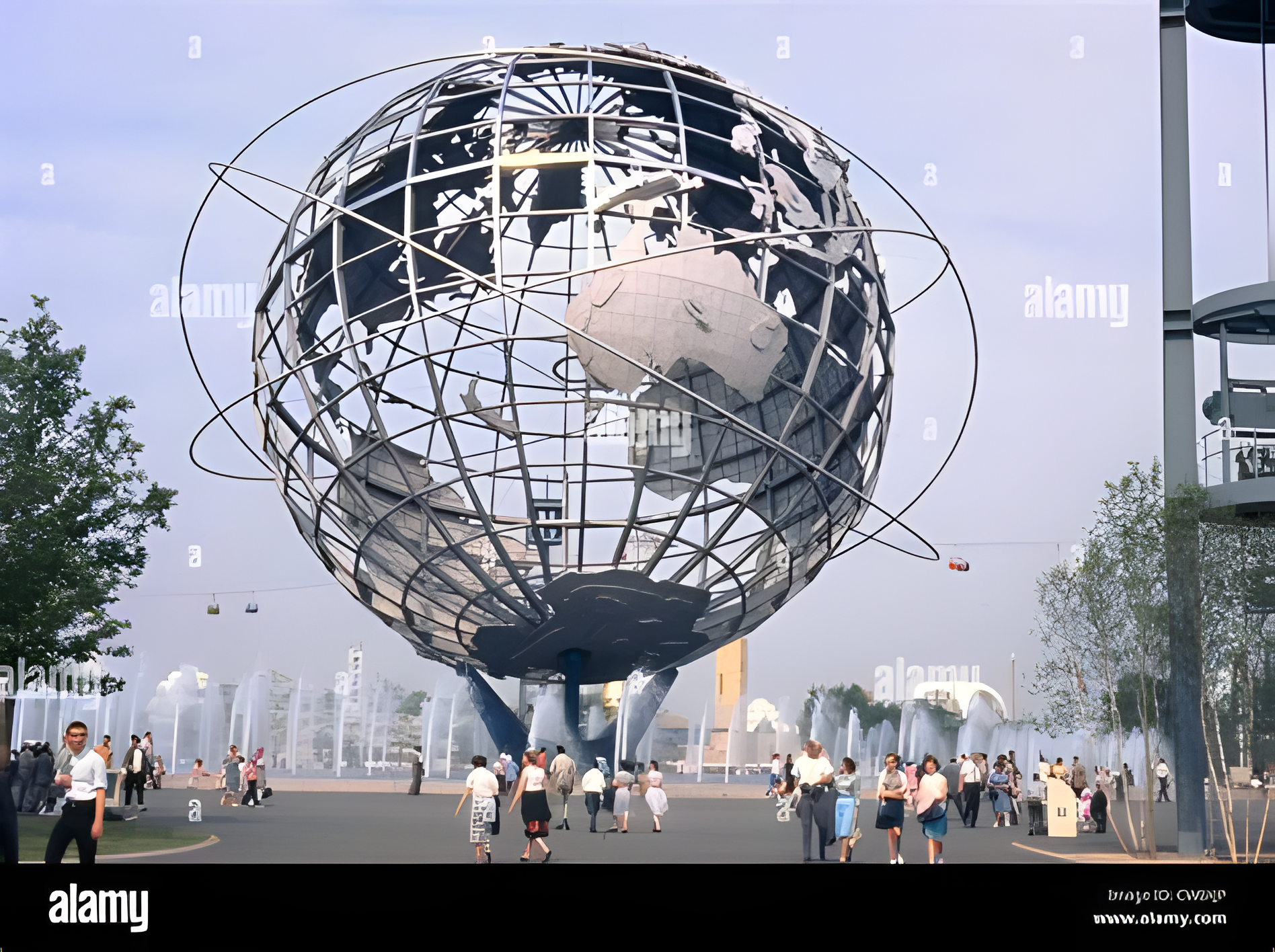
General Motors – Futurama II
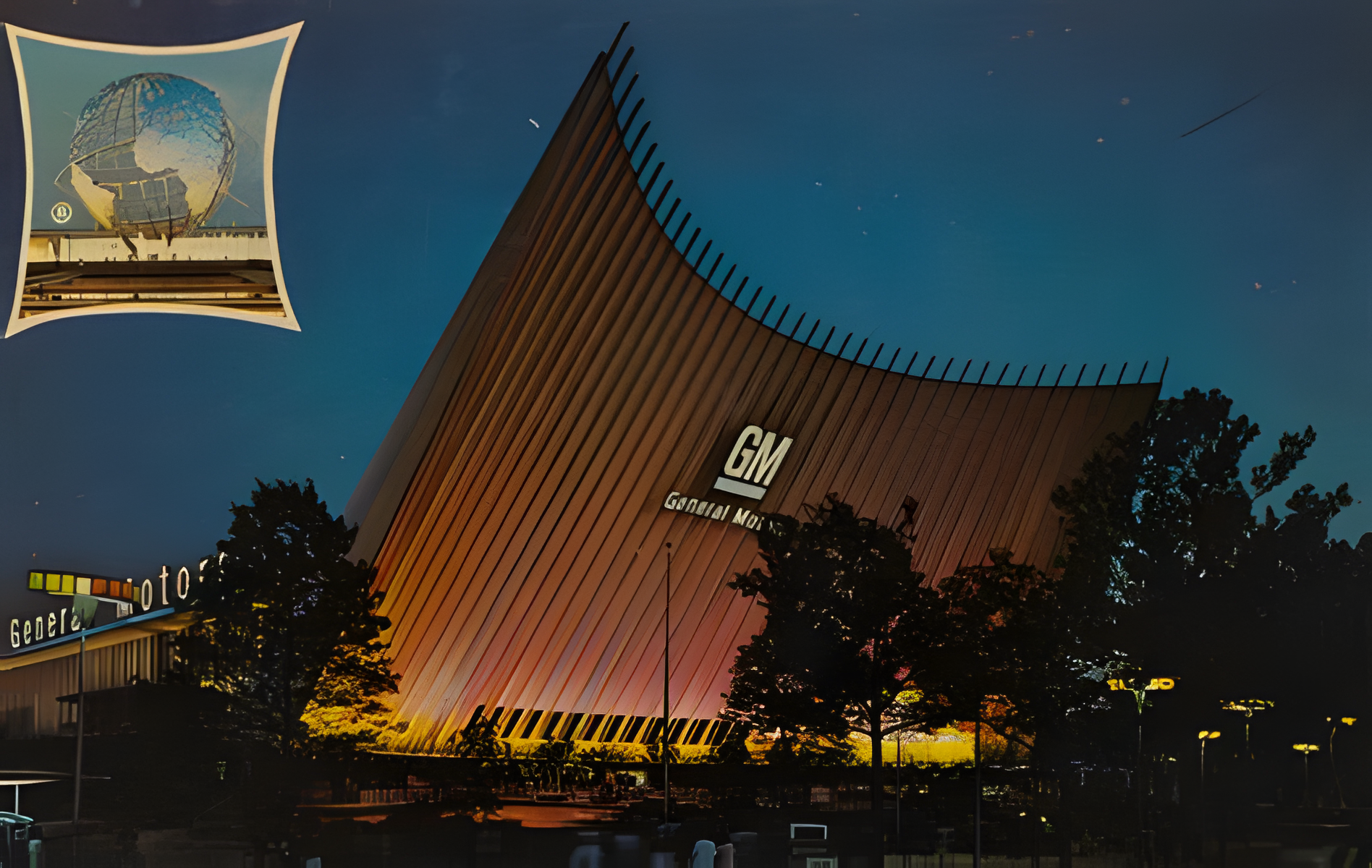
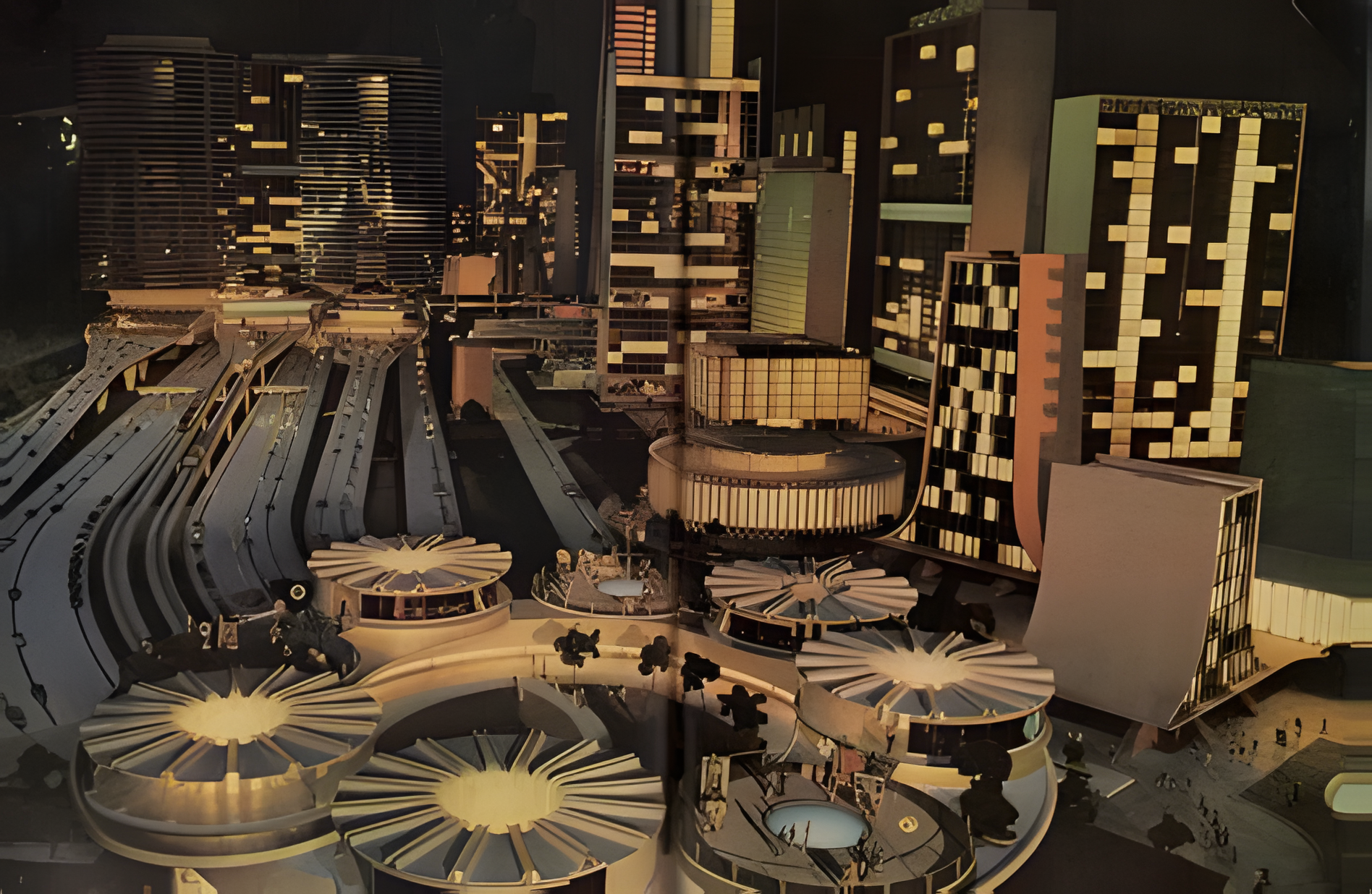
IBM Pavilion
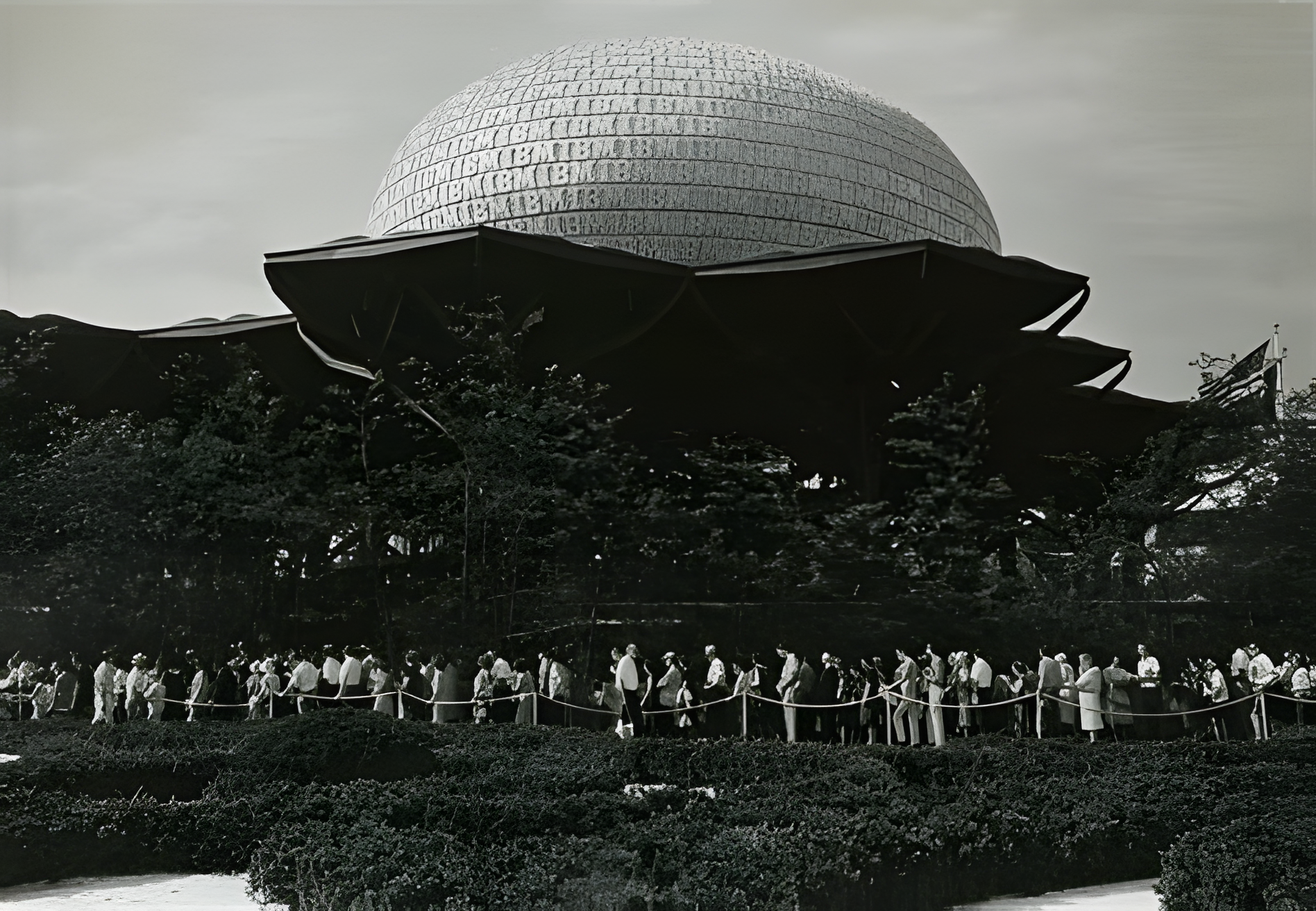
GE Carousel of Progress (Progressland)
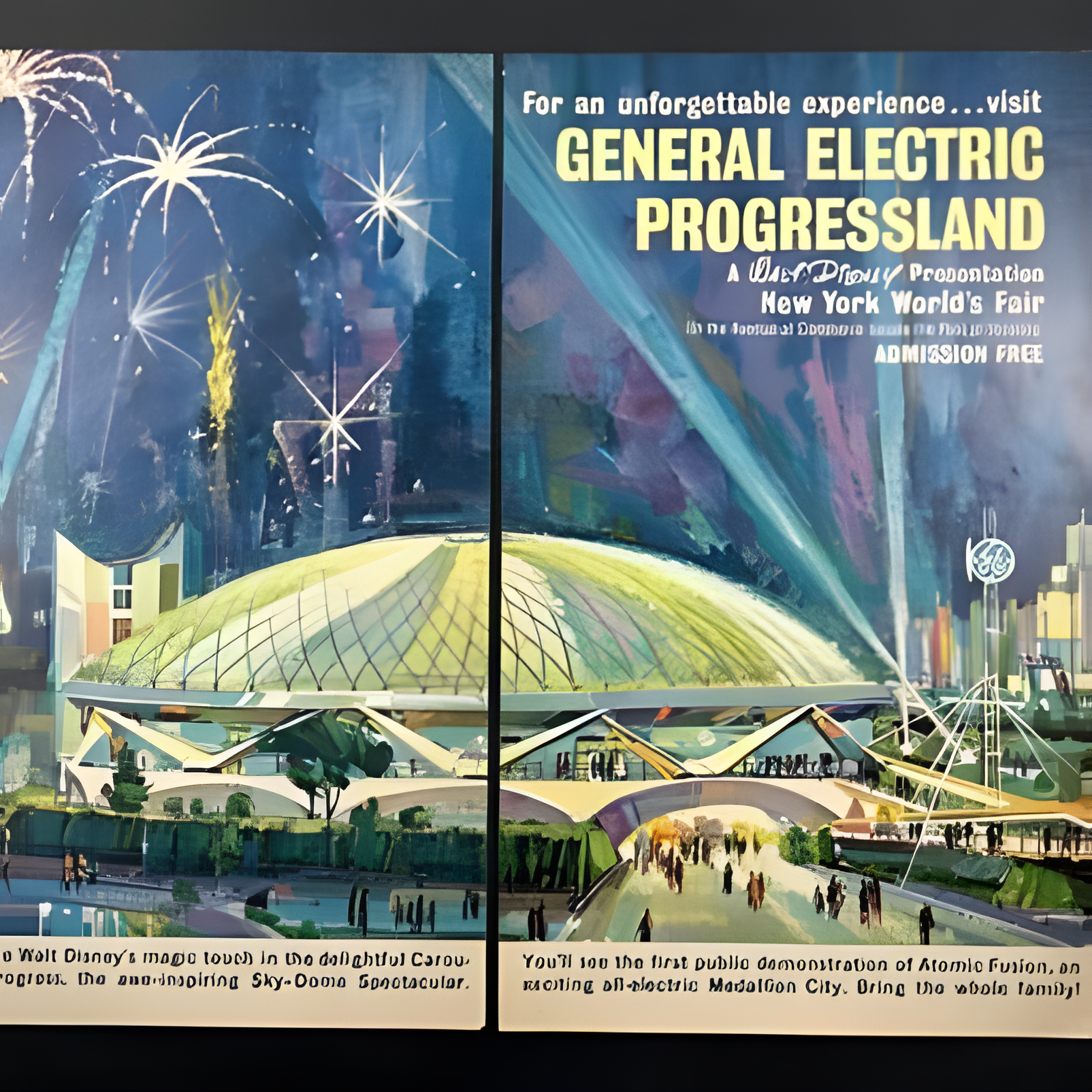
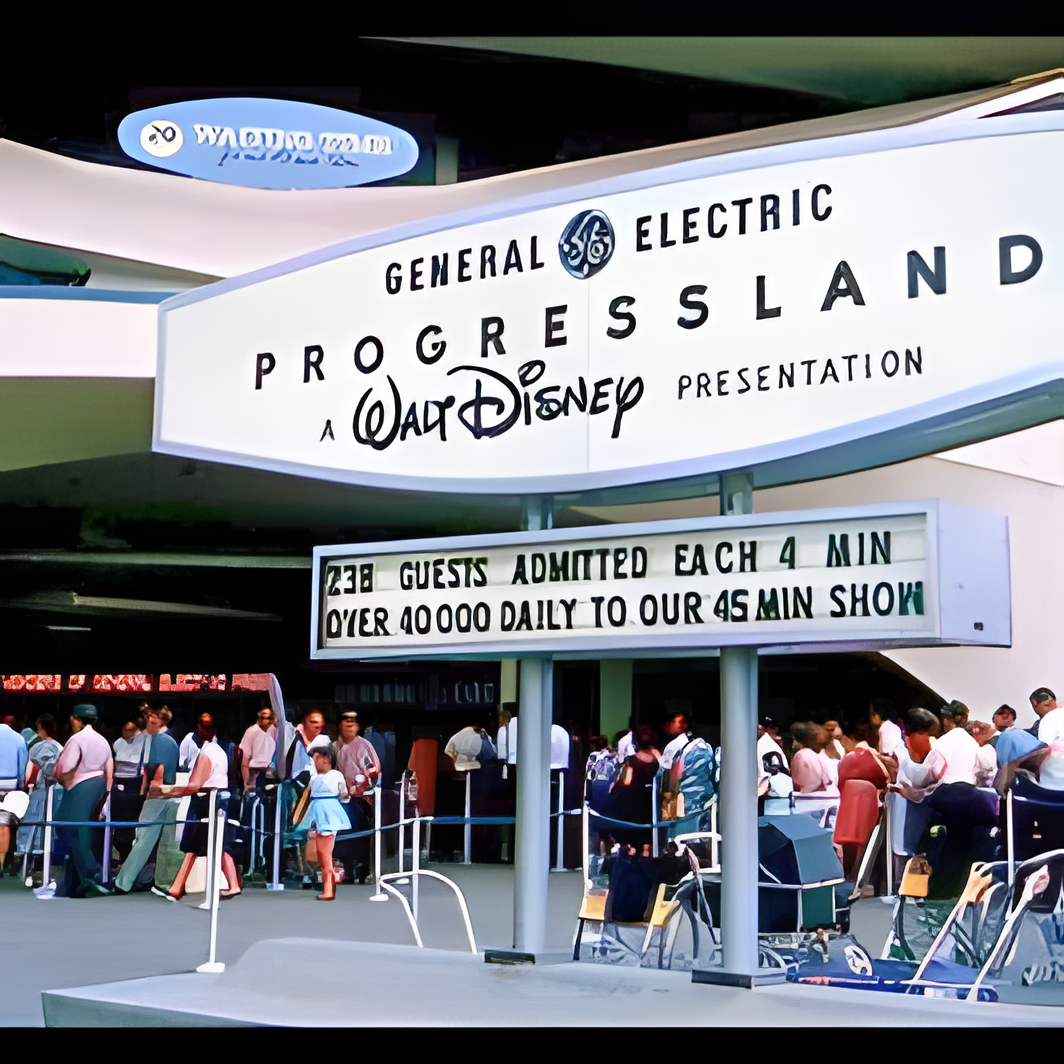
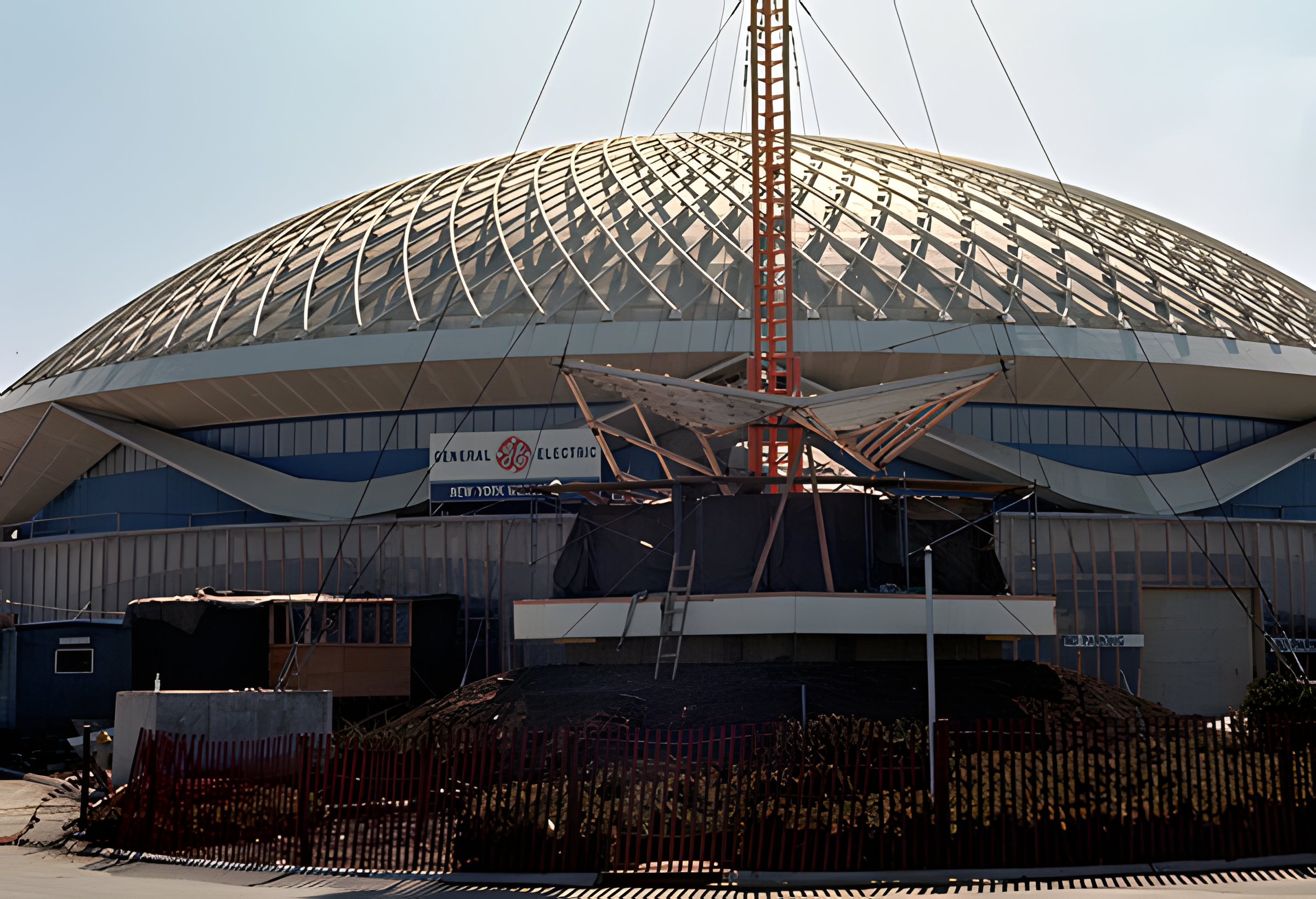
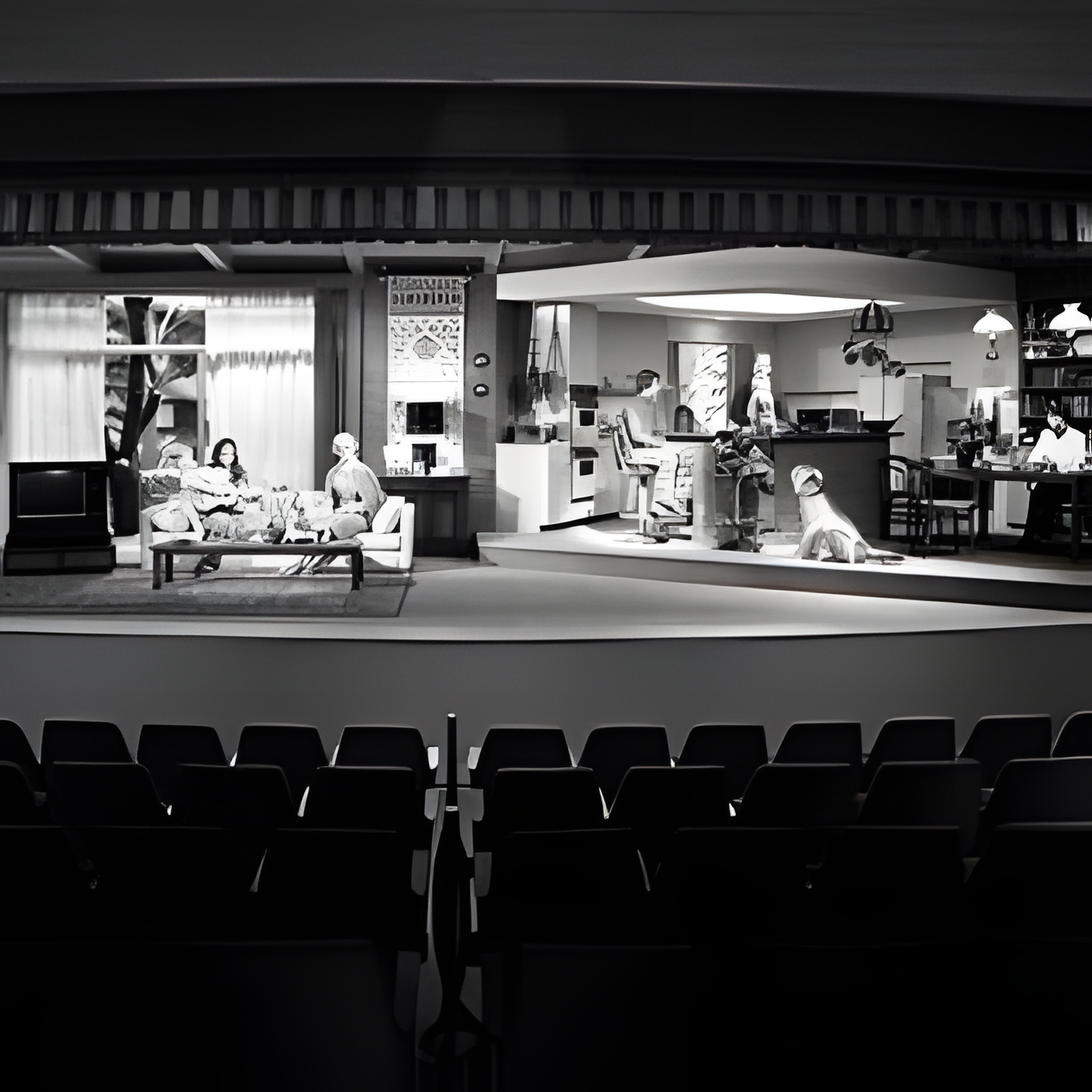
Inside the Show
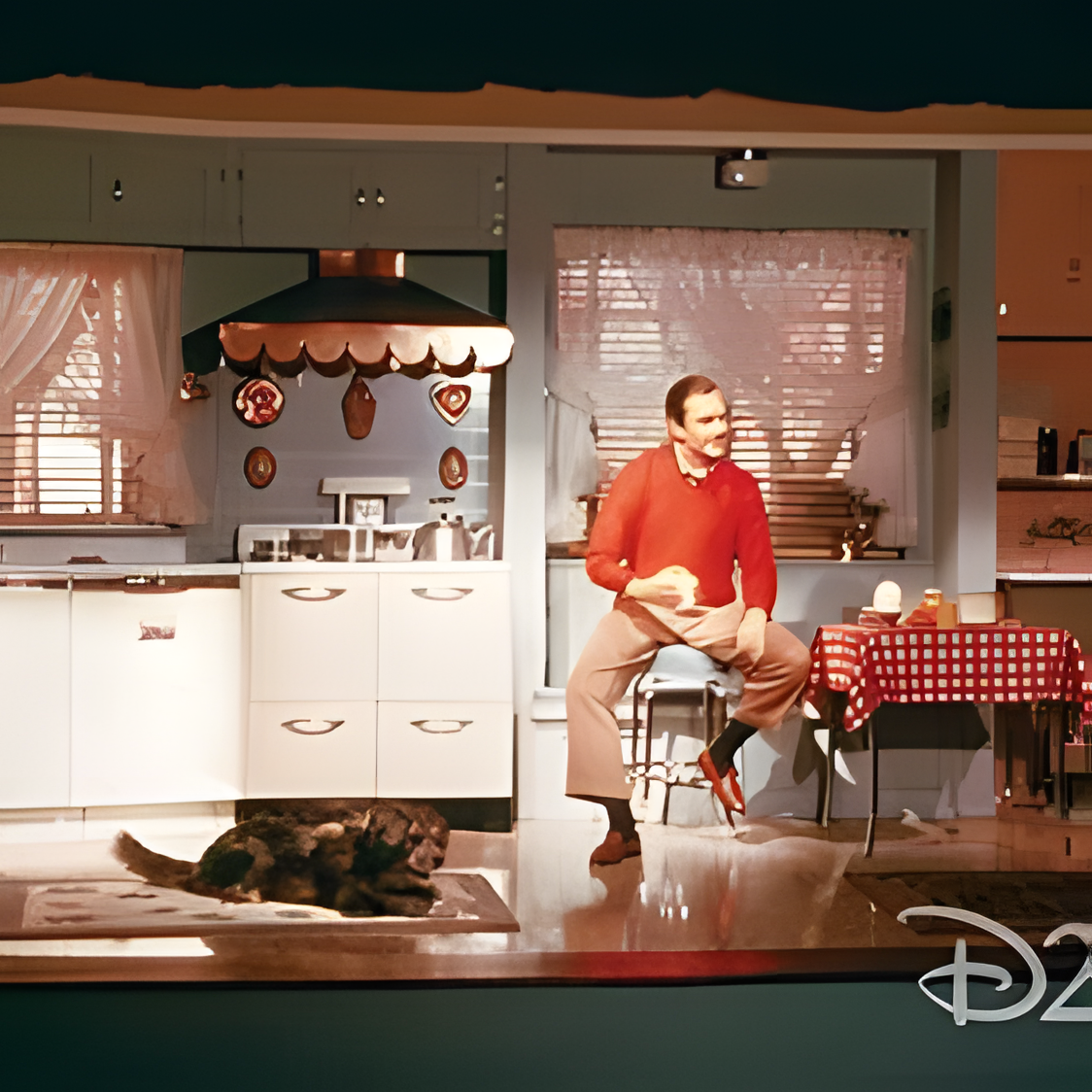
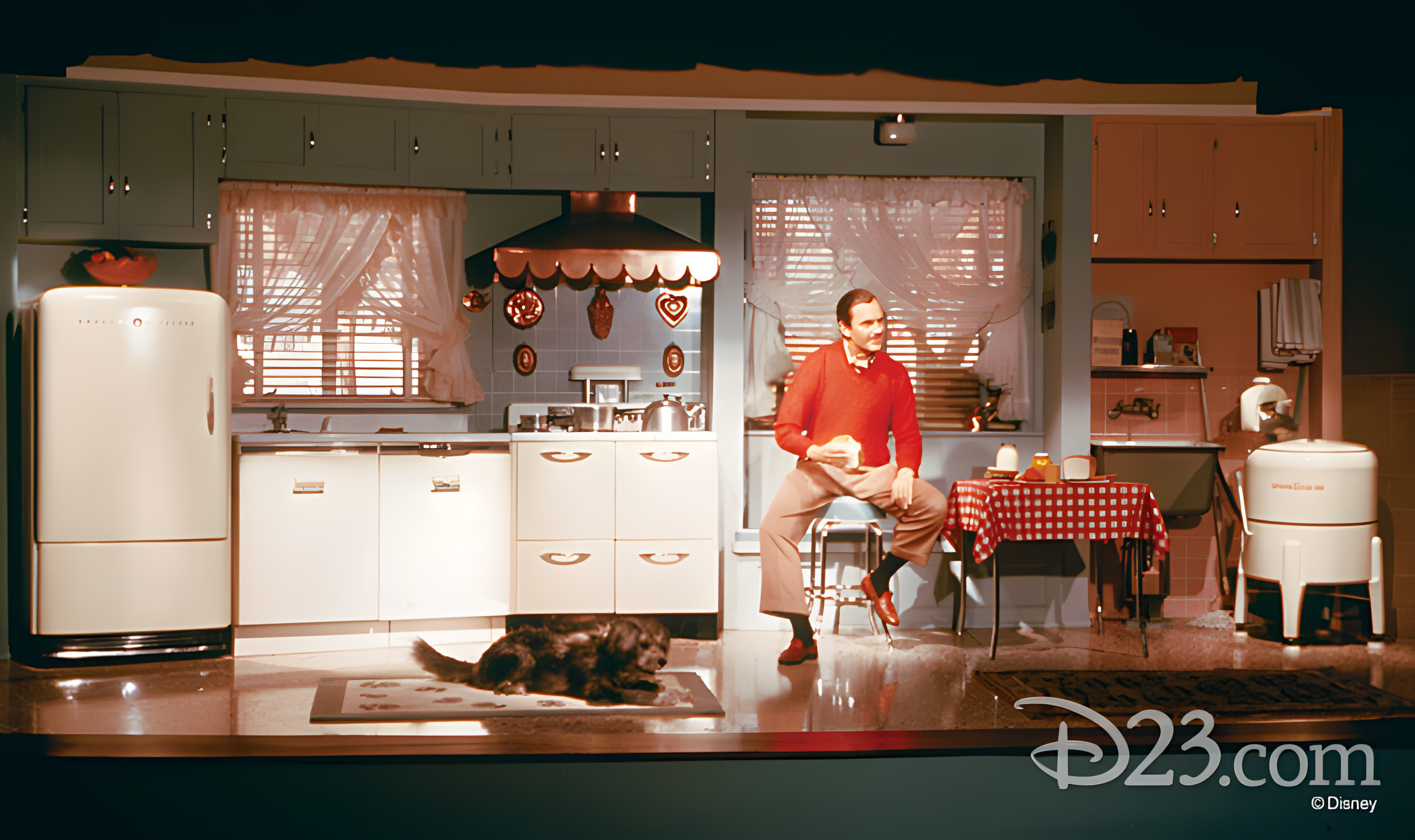
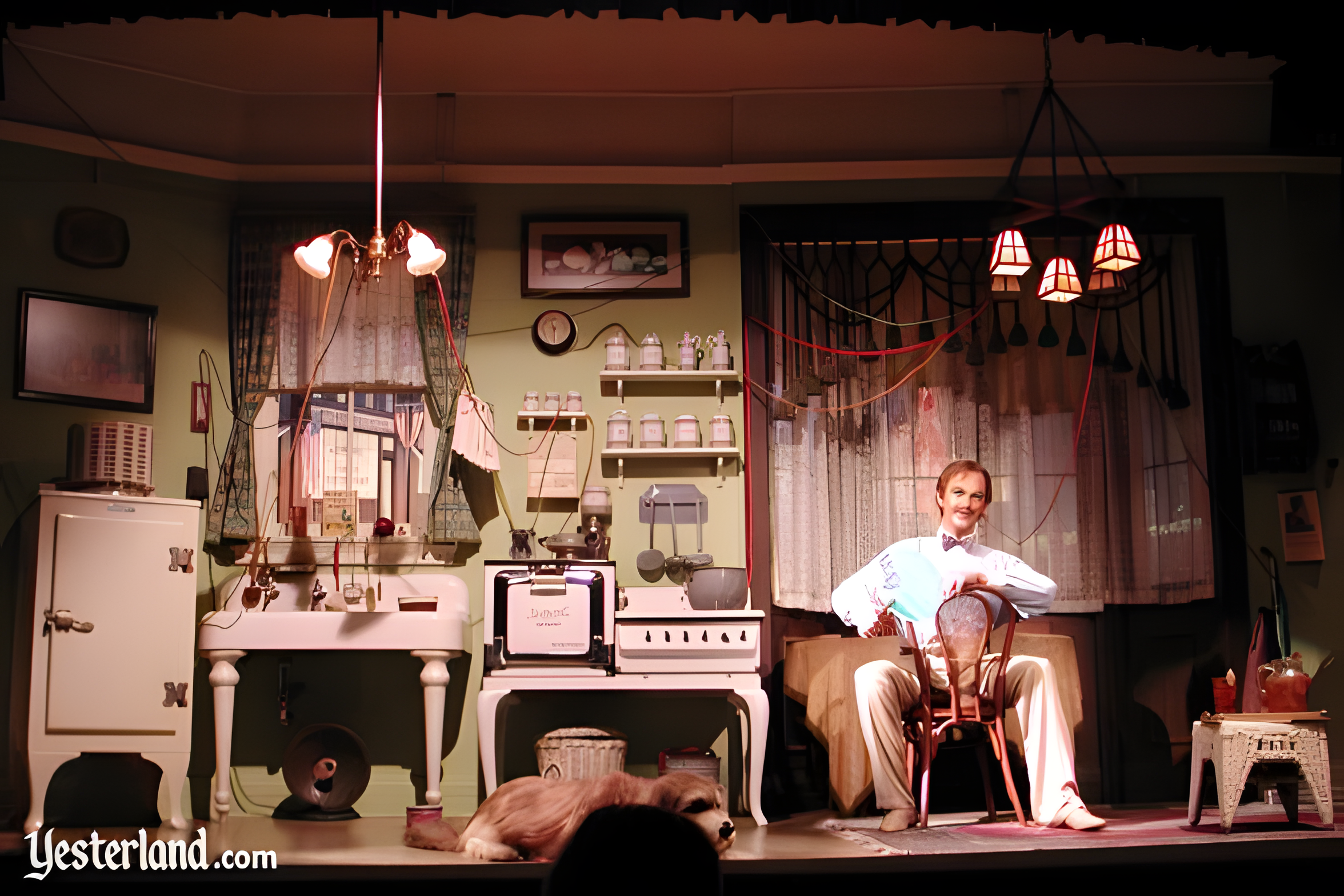
Other Highlights
- AT&T’s Videophone: A working demo of a future where you could see who you were talking to.
- New York State Pavilion: Giant terrazzo floor map, elevator towers, and a UFO-like observation deck.
- Westinghouse Time Capsule: A sealed message to the year 6939.
- Hall of Science: A modernist showcase of atomic energy and hands-on learning.
A World in a Few Blocks
But the Fair wasn’t just a display of American innovation — it was a global village. Walking through the International Zone felt like taking a whirlwind tour of several countries in one afternoon.
Belgian Village & Waffles
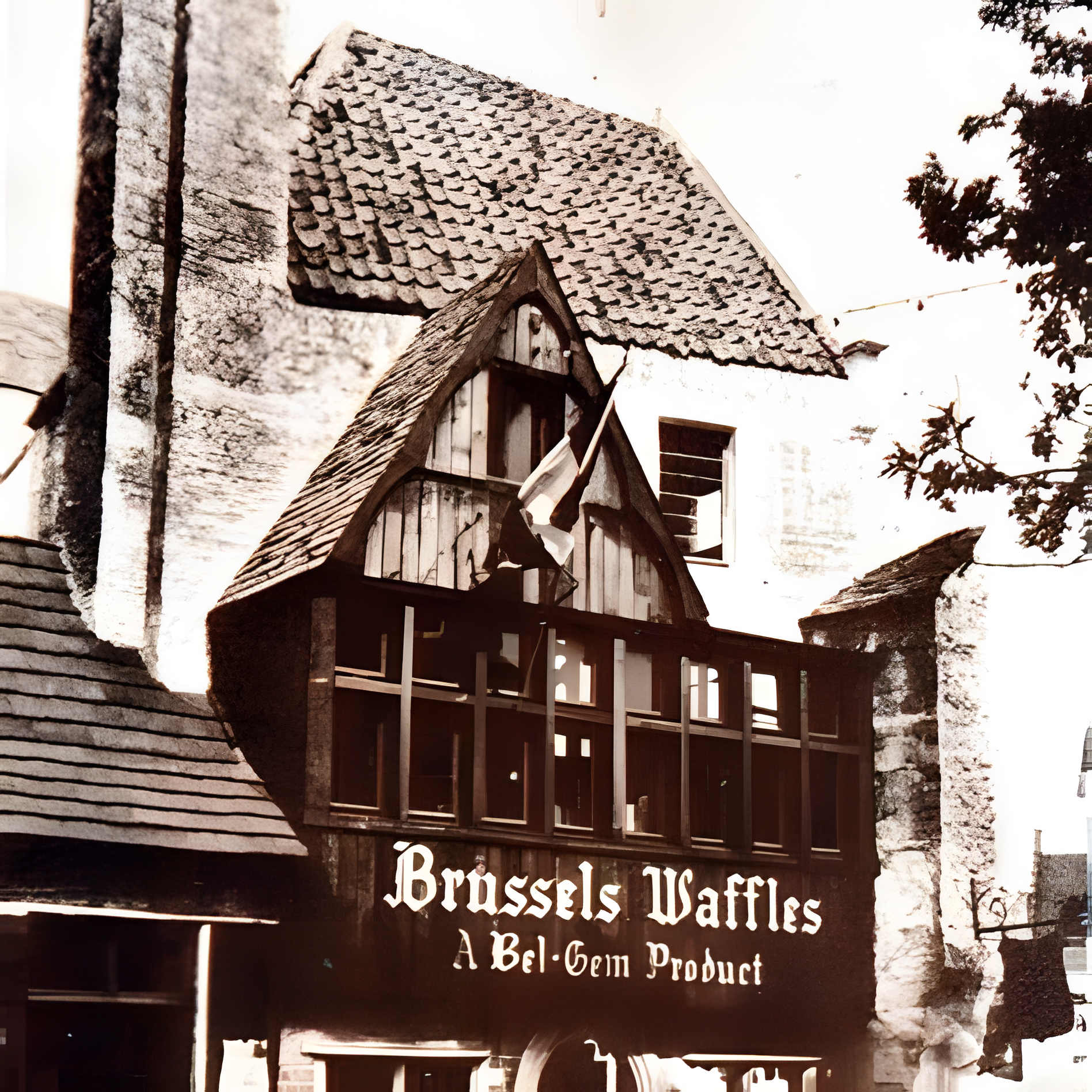
Though I was there as a 12-year-old, my wife later shared one of her earliest memories — the Bel‑Gem / Brussels waffles at the Belgian Village, crisp and warm, served with fresh strawberries and whipped cream. They cost about $1 and became the fair’s most talked-about treat. The Village itself was modeled on old Flemish streets, complete with a cobblestone square, shops, a carousel, and folk dancers in traditional costume.
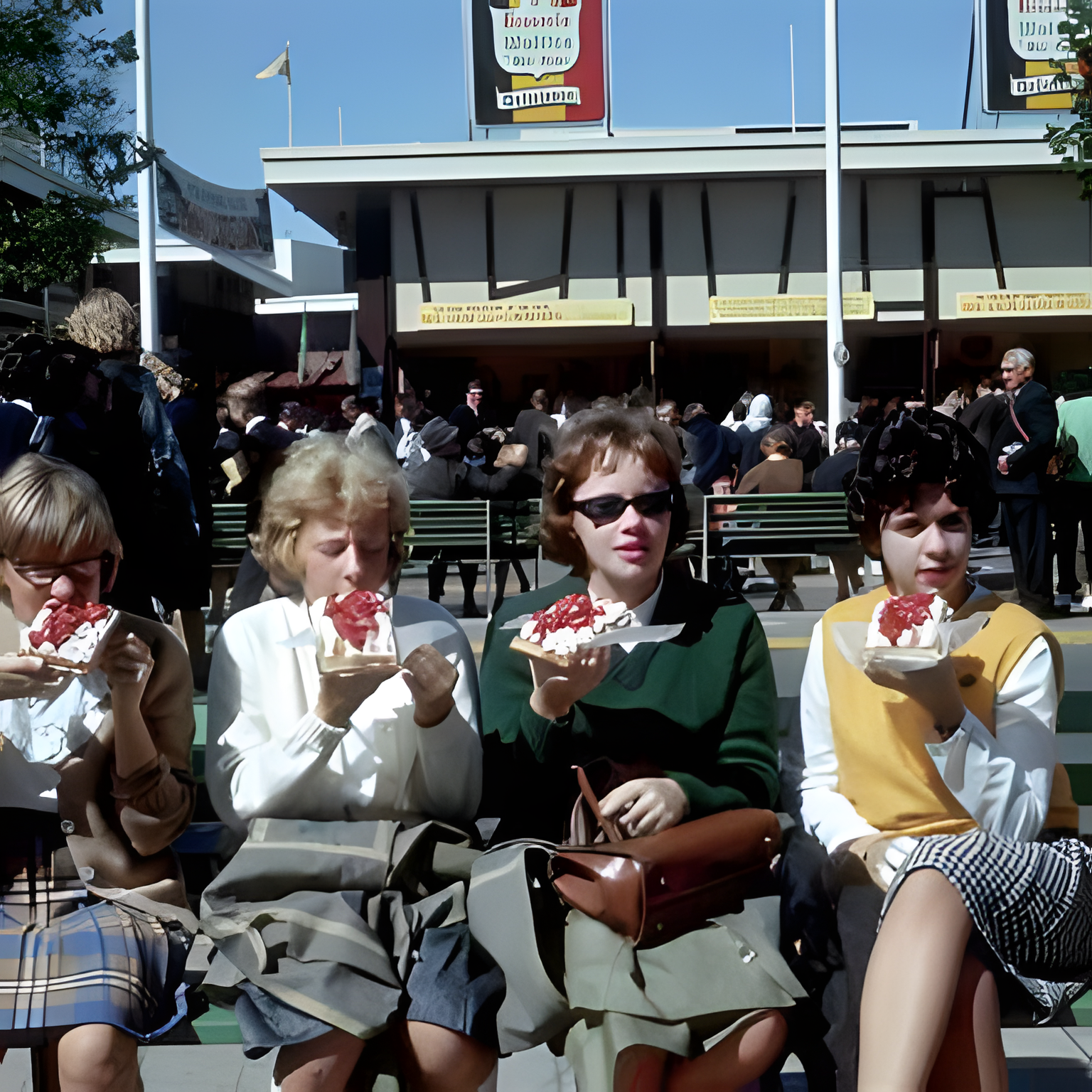
Vatican Pavilion & Michelangelo’s Sistine Chapel Ceiling
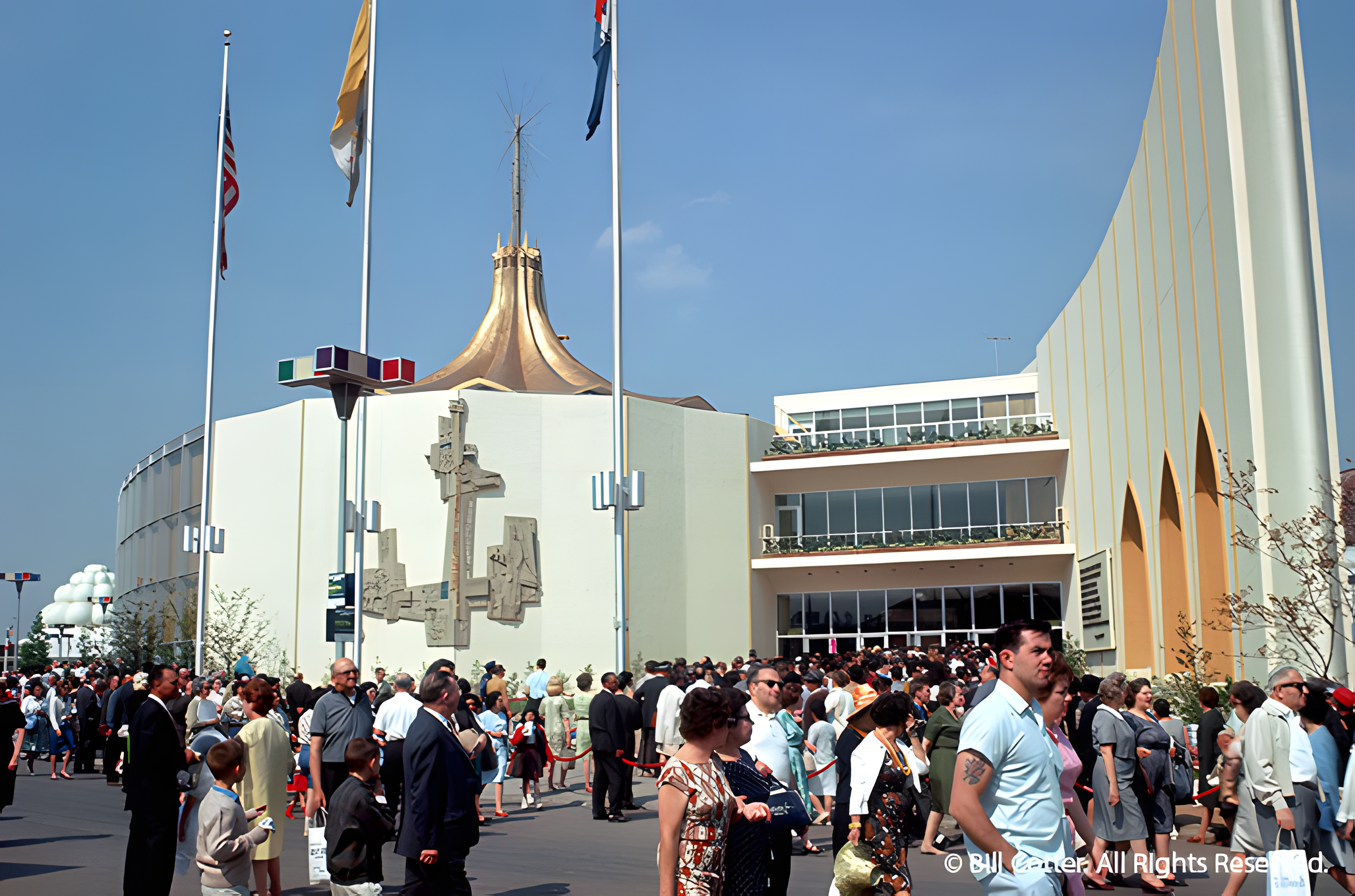
Inside the Vatican Pavilion, millions stood in reverent silence as they were carried past Michelangelo's Sistine Chapel Ceiling on a moving walkway. It was the second‑most visited pavilion after GM and remains one of the Fair’s most powerful moments.
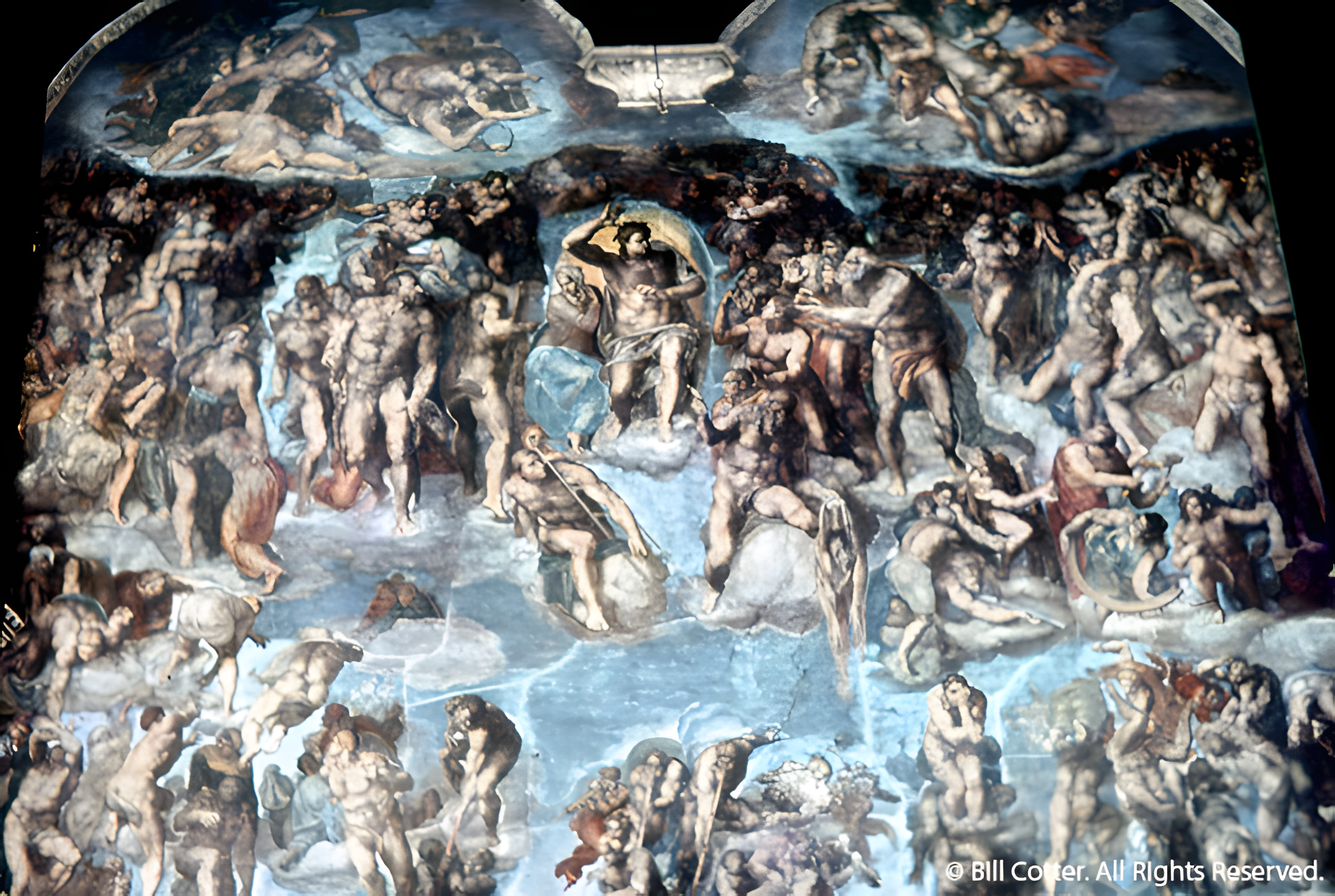
Republic of China Pavilion
Nearby was the Republic of China Pavilion, a vivid red-and-gold structure modeled on an imperial palace and filled with silks, jade, and artifacts.
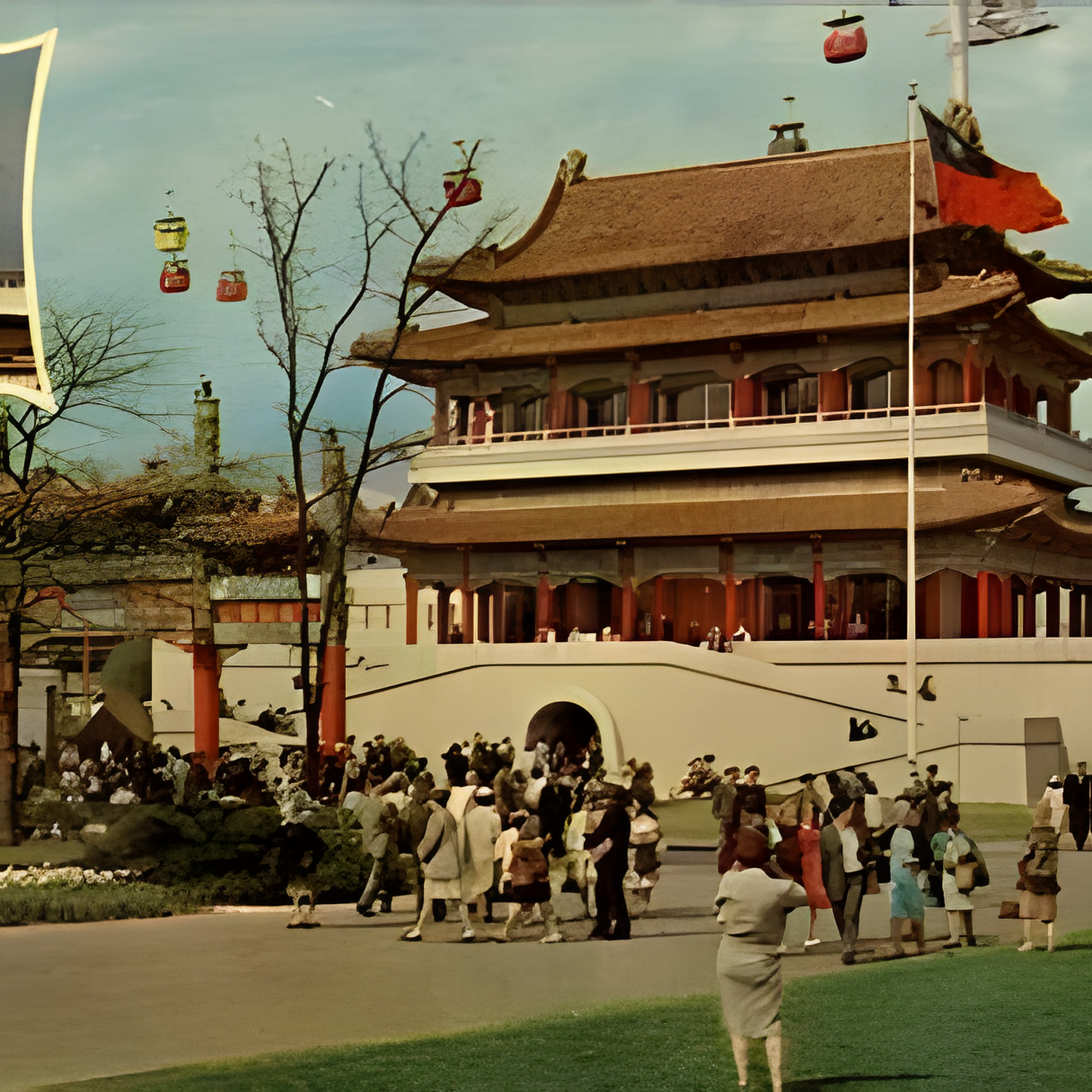
Other Notable Pavilions
Other pavilions left their mark too:
- The Philippines Pavilion, shaped like a woven hat and surrounded by a moat, featured native dance, carvings, and tropical art.
- The African Pavilion, a cooperative effort among more than twenty nations, showcased modern art, film, and cultural exhibits in a non‑colonial, post‑independence context.
It was the first time I came to understand that culture and the future were more than just gadgets — they were ideas, identities, and global stories. And even if I didn’t taste a waffle that day, those memories feel vivid through someone else’s spark.
A Legacy of Wonder
The Fair didn’t just show off gadgets — it offered a coherent, optimistic vision of the future. For a kid in love with science and imagination, it was life-shaping.
It echoed the promise of Star Trek, The Outer Limits, and Get Smart. It validated every fantasy I had about technology making the world better.
“Just like the Cinerama screen that opened my eyes, the Fair pulled back the curtain on what was possible — and left me wanting to build part of that future myself.”
Even if the road to get there was bumpy, the 1964–65 World’s Fair made one thing clear: the future was already under construction — and I wanted to be part of building it.
